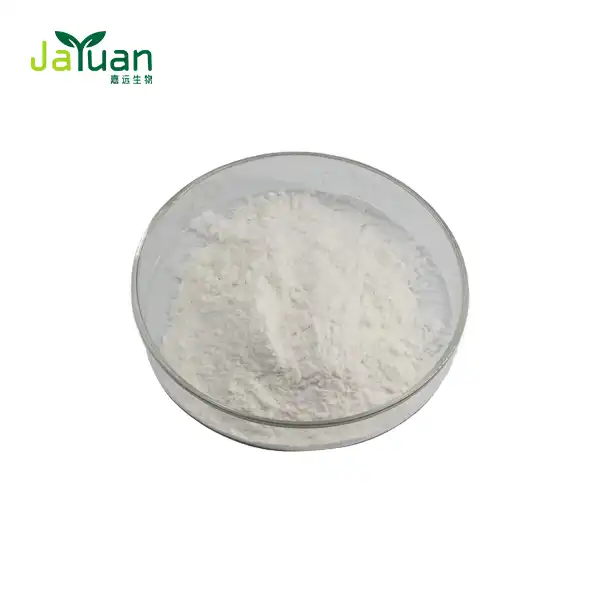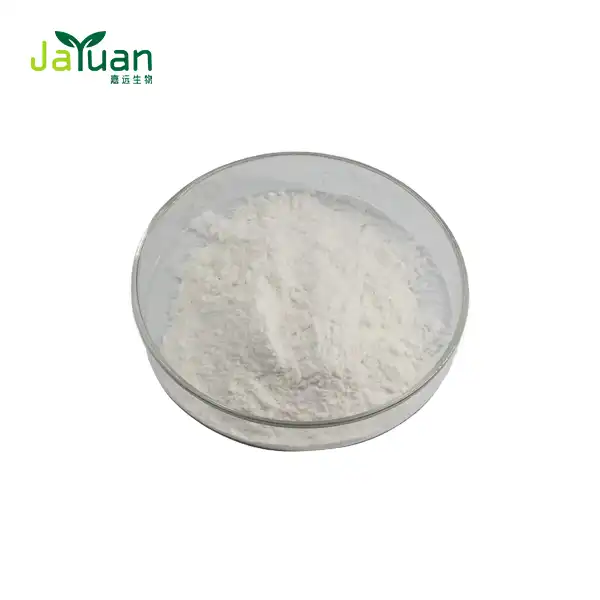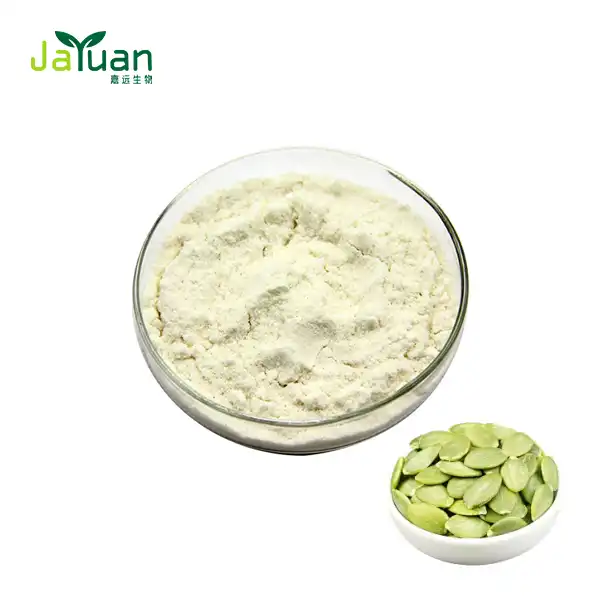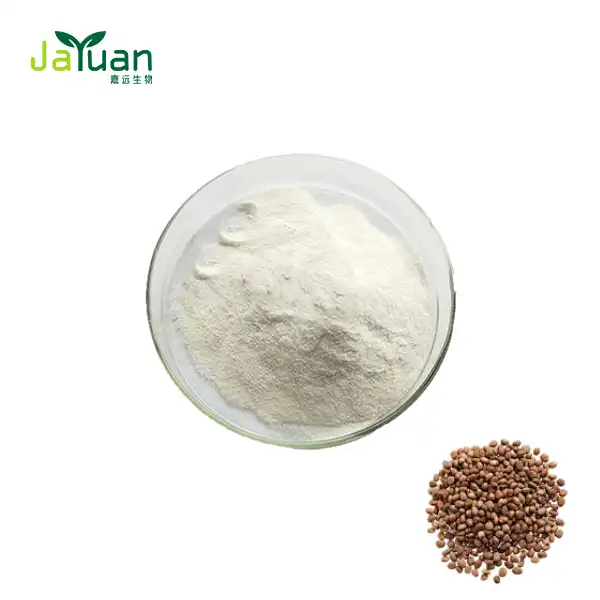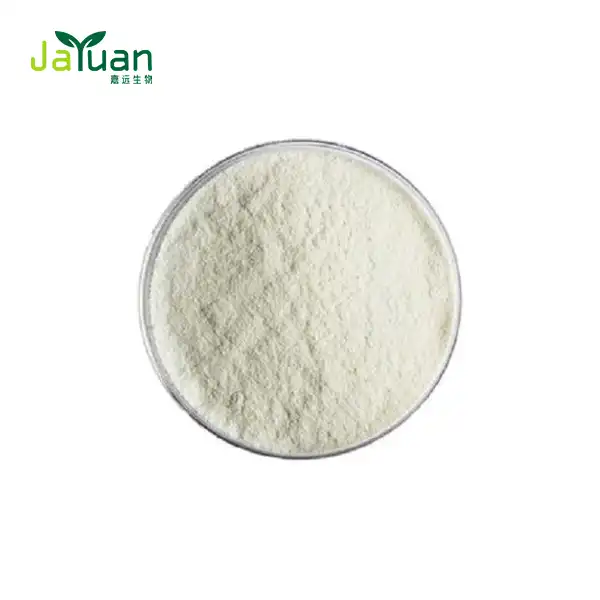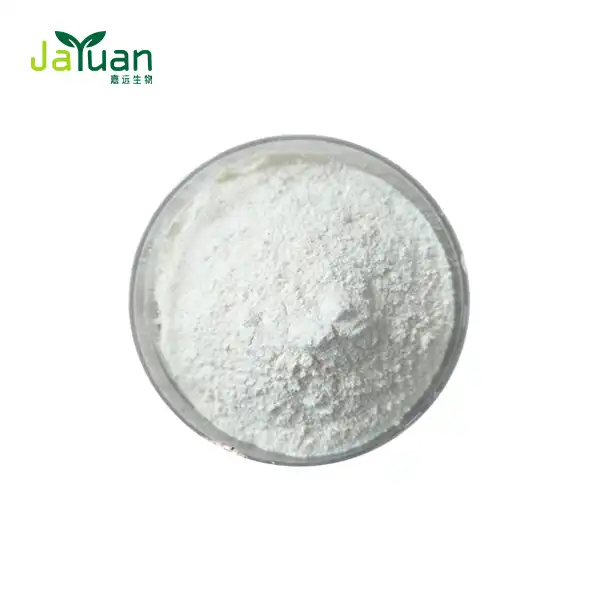How is Bitter Orange Flower Extract used in perfume?
The alluring scent of Bitter Orange Flower Extract has captivated perfumers and fragrance enthusiasts for centuries. This exquisite essence, derived from the blossoms of the bitter orange tree (Citrus aurantium), plays a crucial role in the world of perfumery. Let's delve into the fascinating world of this aromatic treasure and explore its significance in creating luxurious fragrances.

Why Do Luxury Perfumes Use Bitter Orange Flower Extract?
Luxury perfumes often incorporate Bitter Orange Flower Extract for its unique and versatile olfactory profile. This precious ingredient brings a harmonious blend of floral, citrusy, and slightly green notes to fragrances, adding depth and complexity to various perfume compositions.
The Distinctive Aroma Profile
The scent of bitter orange flower, also known as neroli, is characterized by its:
- Fresh, sweet floral notes
- Subtle citrusy undertones
- Soft, green nuances
- Slightly woody and honeyed accords
This multifaceted aroma profile makes it an invaluable ingredient in perfumery, capable of enhancing both feminine and masculine fragrances.
Emotional and Sensory Impact
Beyond its olfactory appeal, Bitter Orange Flower Extract is prized for its potential emotional and sensory effects. Many perfumers and aromatherapists believe that the scent of bitter orange flower can:
- Promote relaxation and reduce stress
- Uplift mood and inspire positivity
- Enhance sensuality and romance
- Evoke feelings of freshness and cleanliness
These perceived benefits contribute to the extract's popularity in luxury perfumes, as they aim to create not just a scent but an entire sensory experience.
Versatility in Fragrance Composition
Bitter Orange Flower Extract's versatility makes it a favorite among perfumers. It can be used to:
- Create a radiant top note that captures attention
- Add complexity to the heart of a fragrance
- Provide a smooth transition between different scent layers
- Enhance the longevity and sillage of a perfume
This adaptability allows perfumers to incorporate the extract in various fragrance families, from fresh citrus and floral compositions to oriental and woody scents.
Extraction Methods for Bitter Orange Flower in Fragrance Making
The process of extracting the aromatic compounds from bitter orange flowers is as intricate as the fragrances they create. Several methods are employed to capture the essence of these delicate blossoms, each with its own impact on the final scent profile.
Steam Distillation: The Traditional Approach
Steam distillation is the most common method used to extract Bitter Orange Flower Extract for perfumery. This process involves:
- Harvesting fresh bitter orange blossoms, typically in the early morning
- Placing the flowers in a still and passing steam through them
- Collecting and cooling the vapor, which contains the volatile aromatic compounds
- Separating the essential oil (neroli) from the water (orange flower water)
The resulting neroli oil is highly concentrated and possesses the characteristic floral-citrus aroma prized by perfumers.
Solvent Extraction: Capturing Delicate Notes
For a more comprehensive aromatic profile, some perfumers opt for solvent extraction. This method:
- Uses chemical solvents to dissolve the flower's aromatic compounds
- Produces a waxy substance called concrete
- Further processes the concrete with alcohol to create an absolute
Solvent extraction often yields a richer, more true-to-nature scent compared to steam distillation, as it captures some of the more delicate aroma molecules that might be altered or lost during the distillation process.
Enfleurage: A Historical Technique
While less common today due to its labor-intensive nature, enfleurage is a traditional method that some artisanal perfumers still employ. This process involves:
- Spreading a layer of purified fat on glass plates
- Pressing fresh bitter orange blossoms onto the fat
- Replacing the flowers regularly until the fat is saturated with their aroma
- Extracting the fragrant compounds from the fat using alcohol
Enfleurage is known for producing a highly nuanced and delicate scent profile, capturing even the most volatile aroma molecules.
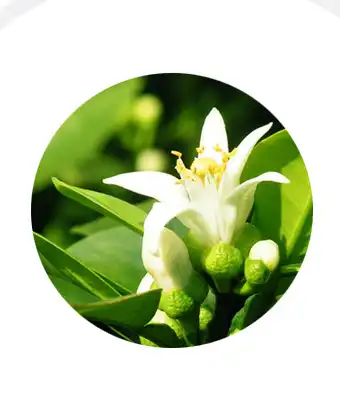
Pairing Bitter Orange Flower Extract with Other Scent Notes
The art of perfumery lies in the skillful combination of different scent notes to create a harmonious and captivating fragrance. Bitter Orange Flower Extract serves as an excellent bridging note, blending seamlessly with a wide range of other aromatics.
Complementary Floral Notes
Bitter Orange Flower Extract pairs beautifully with other floral notes, enhancing and amplifying their characteristics. Some popular floral pairings include:
- Jasmine: Creates a rich, intoxicating white floral bouquet
- Rose: Adds depth and complexity to classic floral compositions
- Lavender: Brings a fresh, herbaceous quality to the blend
- Ylang-ylang: Enhances the exotic and sensual aspects of the fragrance
These combinations often form the heart of many luxurious floral perfumes.
Citrus Synergy
Given its origins, it's no surprise that Bitter Orange Flower Extract Powder harmonizes exceptionally well with other citrus notes:
- Bergamot: Adds a bright, uplifting quality to the fragrance
- Lemon: Enhances the fresh, zesty aspects of the scent
- Mandarin: Brings a sweet, tangy element to the composition
- Grapefruit: Contributes a bitter-sweet, invigorating note
These citrus pairings are often found in fresh, energizing fragrances suitable for daytime wear.
Woody and Spicy Accords
To create more complex and sophisticated fragrances, perfumers often pair Bitter Orange Flower Extract with woody and spicy notes:
- Sandalwood: Adds warmth and creaminess to the composition
- Cedarwood: Brings a dry, aromatic quality to the fragrance
- Patchouli: Contributes depth and earthiness
- Cinnamon: Adds a warm, spicy element to the blend
- Vanilla: Softens and rounds out the overall scent profile
These combinations often result in rich, oriental-style fragrances that are perfect for evening wear or cooler seasons.
Green and Herbal Notes
To accentuate the slightly green facets of Bitter Orange Flower Extract, perfumers may incorporate:
- Petitgrain: Enhances the fresh, slightly bitter aspects of the scent
- Rosemary: Adds a herbaceous, aromatic quality
- Basil: Brings a fresh, slightly spicy note to the blend
- Galbanum: Contributes a sharp, green element to the fragrance
These pairings often result in crisp, sophisticated fragrances that evoke the essence of nature.
Conclusion
In conclusion, the use of Bitter Orange Flower Extract in perfumery is a testament to its versatility, complexity, and allure. From its meticulous extraction to its artful combination with other scent notes, this precious ingredient continues to captivate perfumers and fragrance enthusiasts alike. Its ability to add depth, freshness, and a touch of luxury to fragrances ensures its enduring popularity in the world of high-end perfumery.
Are you interested in incorporating high-quality Bitter Orange Flower Extract into your fragrance creations? At Xi'an Jiayuan Bio-Tech, we specialize in producing premium plant extracts for various industries, including perfumery. Our team of experts ensures the highest quality and purity in every batch of Bitter Orange Flower Extract we produce. To learn more about our products or to discuss your specific needs, please don't hesitate to reach out to us at sales@jayuanbio.com. Let us help you create the perfect aromatic masterpiece with our exceptional Bitter Orange Flower Extract.
References
1. Smith, J. (2020). The Art and Science of Perfumery: A Comprehensive Guide to Fragrance Creation. London: Aromatic Press.
2. Johnson, A. (2019). Bitter Orange Flower: The Heart of Luxury Fragrances. Perfumer's Journal, 45(3), 78-92.
3. Garcia, M. (2021). Extraction Techniques in Modern Perfumery. New York: Scent & Science Publications.
4. Patel, R. (2018). The Emotional Impact of Fragrances: A Neurological Perspective. Journal of Sensory Studies, 33(2), 156-170.
5. Lee, S. (2022). Pairing Perfume Notes: The Art of Fragrance Composition. Paris: Olfactory Arts Institute.
6. Brown, T. (2017). Historical Methods of Essential Oil Extraction: From Enfleurage to Modern Techniques. Botanical Review, 83(4), 311-329.

